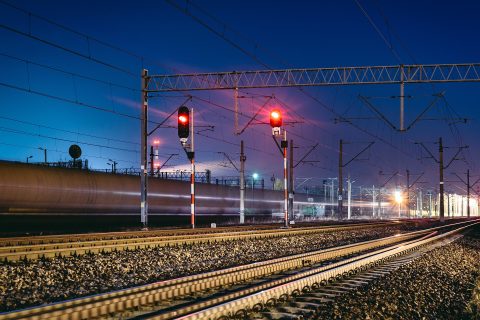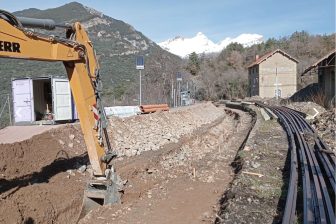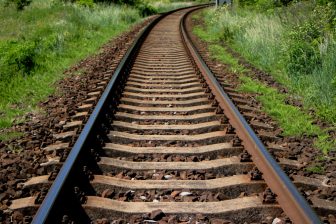
Partner content
How good asset management makes railways safer and more reliable
Railway at night Pixabay
In the past two years, the transport sector has experienced something it was not accustomed to: high volatility and unpredictability, says digital solutions provider Hexagon. As rail travel becomes central for Europe, how can asset management help operators increase profitability, safety, and reliability?
Want to read more?
You have read all of your free premium articles for this month. Please become a subscriber to keep reading.
Subscribe now!
Take advantage of our exclusive offer to get full access to all premium content.




Yes, Pandemic, etc., did reveal.
Proved, in no respect resilient, now new, safely sustainable infrastructure standards, have to be provided for!
(At mode of railways, management at IM:s – and Industry – should be held responsible!…)
For, all the way…, high utilisation of assets, safely load as speed, simply safe, high capacity infrastructure, is needed!
(Those robust, resilient and redundant – all other modes…- ongoingly upgrade for basics, low risk, high quality supply chains.)